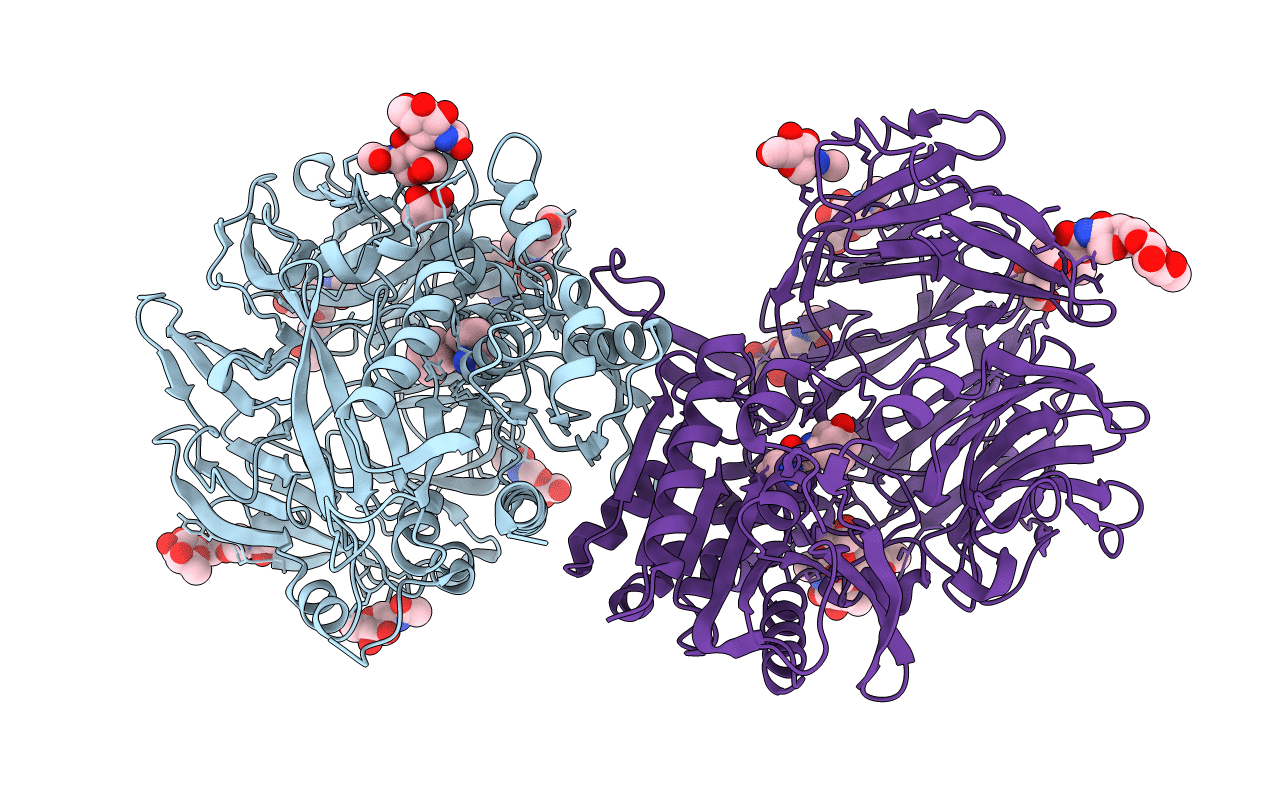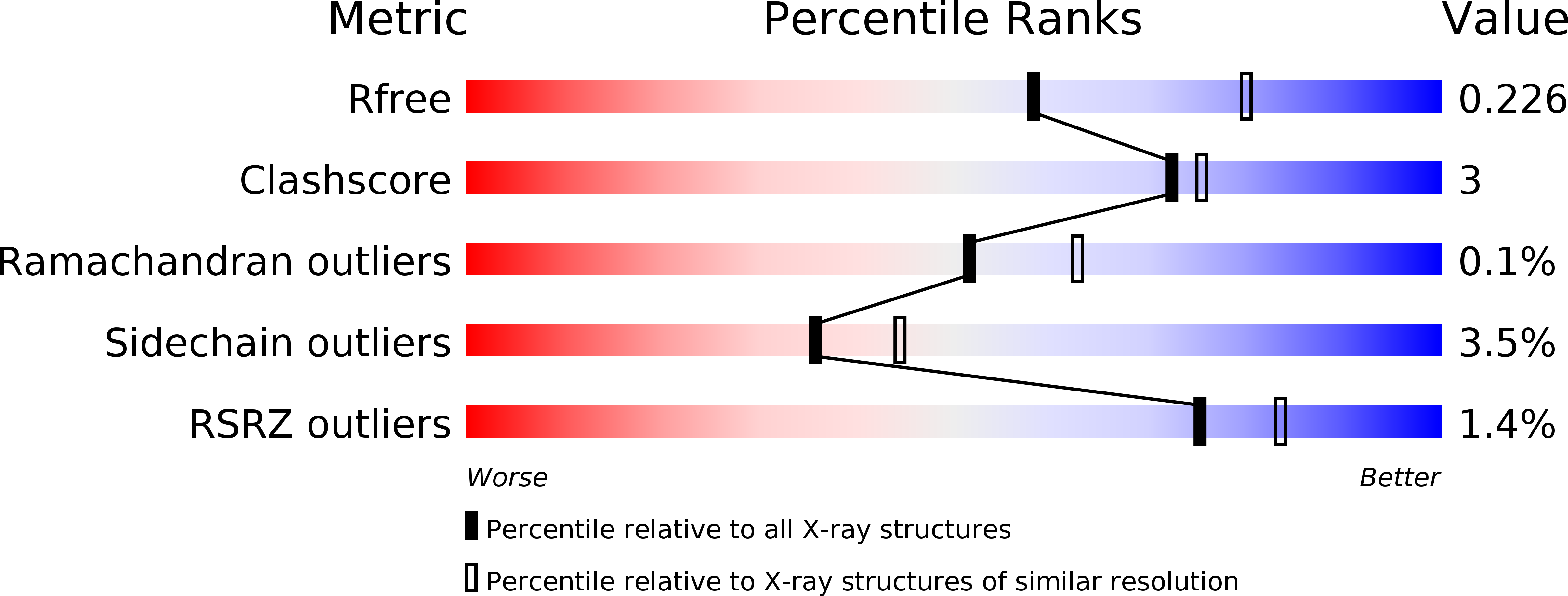
Deposition Date
2012-12-04
Release Date
2013-05-15
Last Version Date
2024-10-30
Entry Detail
PDB ID:
3W2T
Keywords:
Title:
Crystal structure of human depiptidyl peptidase IV (DPP-4) in complex with vildagliptin
Biological Source:
Source Organism:
Homo sapiens (Taxon ID: 9606)
Host Organism:
Method Details:
Experimental Method:
Resolution:
2.36 Å
R-Value Free:
0.23
R-Value Work:
0.18
R-Value Observed:
0.18
Space Group:
P 21 21 21


